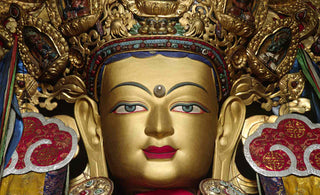

In the ethereal realm of Tibetan Buddhist philosophy, the concept of emptiness transcends the boundaries of mere existence...
📩 Leave Your Email
Receive Sacred Updates
Discover the blessings and cosmic energy behind our spiritual jewelry.
Let your inner spirit resonate—starting now.























